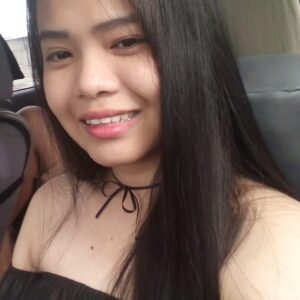Rich Data Is Critical To The Future Of ID
Instructional Design and rich data are two concepts increasingly intertwined in higher education. The ability to collect and analyze rich data has become a critical component of effective Instructional Design practices, enabling institutions to create more targeted and personalized learning experiences that meet the needs of individual students. This article will explore the relationship between Instructional Design and rich data in higher education. We will also examine how rich data can be leveraged to improve Instructional Design practices.
Defining Rich Data
Before exploring the relationship between Instructional Design and rich data, we must define what rich data means. In education, rich data refers to the detailed and diverse information that can be collected about individual students, their learning experiences, and their performance. This data can be collected through various sources, including Learning Management Systems, student surveys, assessments, and more. It can be structured or unstructured, including demographic information, academic performance, engagement metrics, and learning preferences.
The Importance Of Rich Data In Instructional Design
In Instructional Design, rich data plays a critical role in helping designers create compelling learning experiences that meet the needs of individual students. By collecting and analyzing data about student performance, engagement, and preferences, Instructional Designers can gain valuable insights into what is working and what is not and make data-driven decisions about improving learning outcomes.
For example, rich data can be used to identify patterns in student performance, such as areas where students are struggling or excelling, and adjust instructional materials or teaching strategies accordingly. It can also personalize learning experiences by tailoring content and assessments to individual student needs and preferences. In addition, rich data can be used to evaluate the effectiveness of Instructional Design practices over time by tracking student retention, graduation rates, and post-graduation outcomes. This can help institutions identify improvement areas, make data-driven decisions about allocating resources, and invest in new initiatives.
Leveraging Rich Data To Improve Instructional Design
So, how can Instructional Designers leverage rich data to improve their practices? Several key strategies can be used to collect, analyze, and use rich data effectively.
1. Collect Data At Every Stage Of The Learning Experience
To effectively leverage rich data, Instructional Designers must collect data at every stage of the learning experience, from enrollment and onboarding to course completion and beyond. This may involve collecting data from various sources, such as Learning Management Systems, student surveys, or assessments.
2. Use Data Analytics To Identify Patterns And Trends
Once data has been collected, Instructional Designers can use data analytics tools to identify patterns and trends in student performance and engagement. This can help designers make data-driven decisions about improving learning outcomes by adjusting instructional materials or teaching strategies.
3. Personalize Learning Experiences
Rich data can personalize learning experiences by tailoring content and assessments to individual student needs and preferences. For example, data may reveal that certain students perform better with visual aids while others prefer interactive activities. By leveraging this data, Instructional Designers can create personalized learning experiences that better meet the needs of individual students.
4. Evaluate And Iterate
Finally, Instructional Designers should continually evaluate and iterate on their practices, using rich data to track the effectiveness of instructional materials and teaching strategies over time. This can help institutions identify improvement areas, make data-driven decisions about allocating resources, and invest in new initiatives.
Conclusion
The relationship between Instructional Design and rich data is becoming increasingly important in higher education. By leveraging rich data, Instructional Designers can create more targeted and personalized learning experiences that meet the needs of individual students. This requires collecting data at every stage. To use rich data, Instructional Designers need to take a data-driven approach. This involves identifying Key Performance Indicators (KPIs) for their courses, such as completion rates, assessment scores, and student engagement metrics. By tracking these KPIs over time and analyzing the data, Instructional Designers can gain insights into what is working and what needs improvement in their courses.
One way to gather rich data is through learning analytics, which involves collecting, measuring, analyzing, and reporting data about learners and their contexts. Learning analytics can identify at-risk students, monitor student progress, and personalize learning experiences. Another approach to gathering rich data is through formative evaluation, which involves collecting feedback from learners and instructors throughout the course development. This feedback can inform Instructional Design decisions and improve the course before it is delivered to learners.
In addition to these approaches, Instructional Designers can leverage technology to collect and analyze rich data. Learning Management Systems (LMS) and other educational technology platforms can track learner progress, engagement, and performance data, providing information for Instructional Designers to use. Overall, rich data can potentially transform Instructional Design practices in higher education. By taking a data-driven approach and leveraging rich data, Instructional Designers can create more effective and engaging courses that meet the needs of today's learners.









